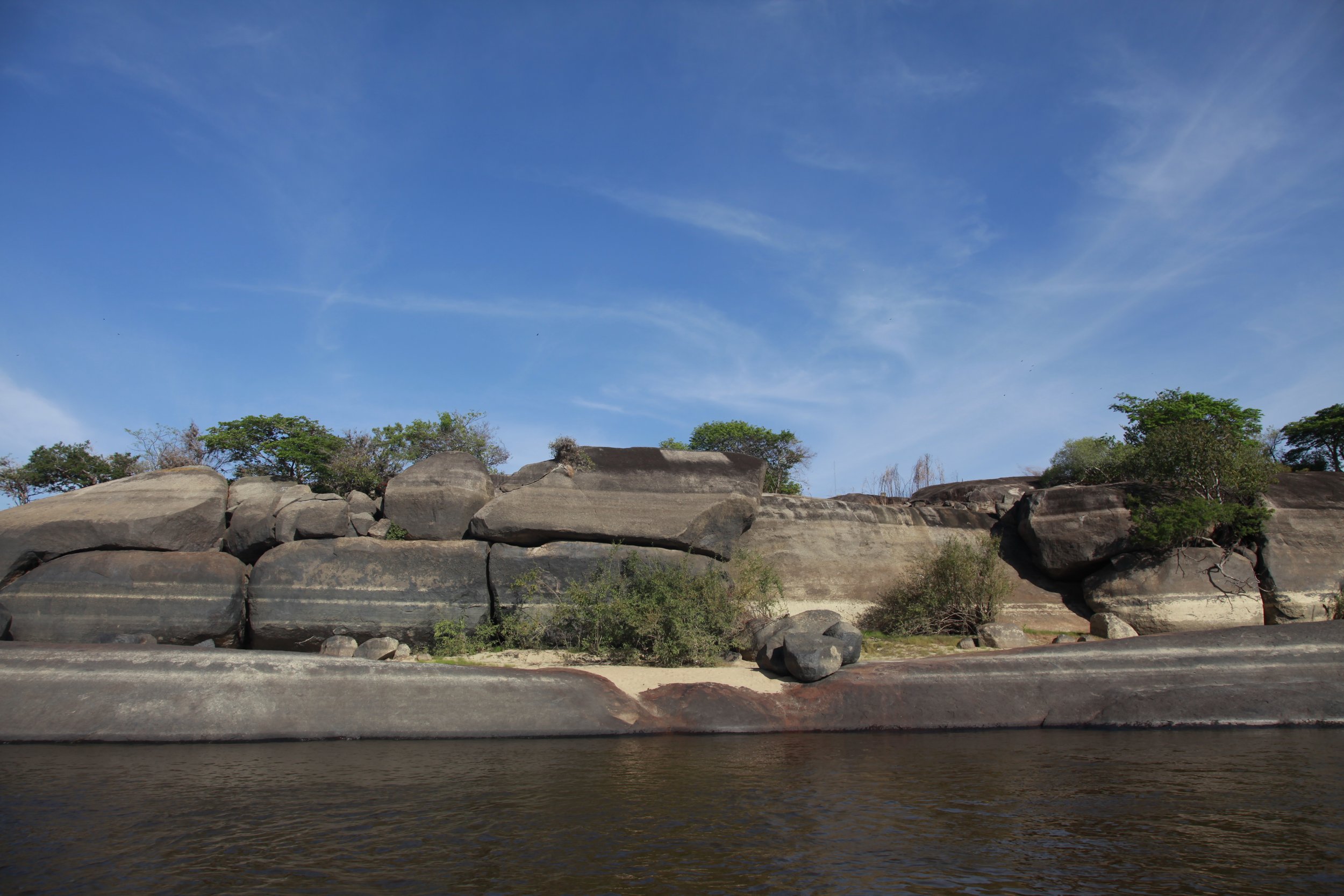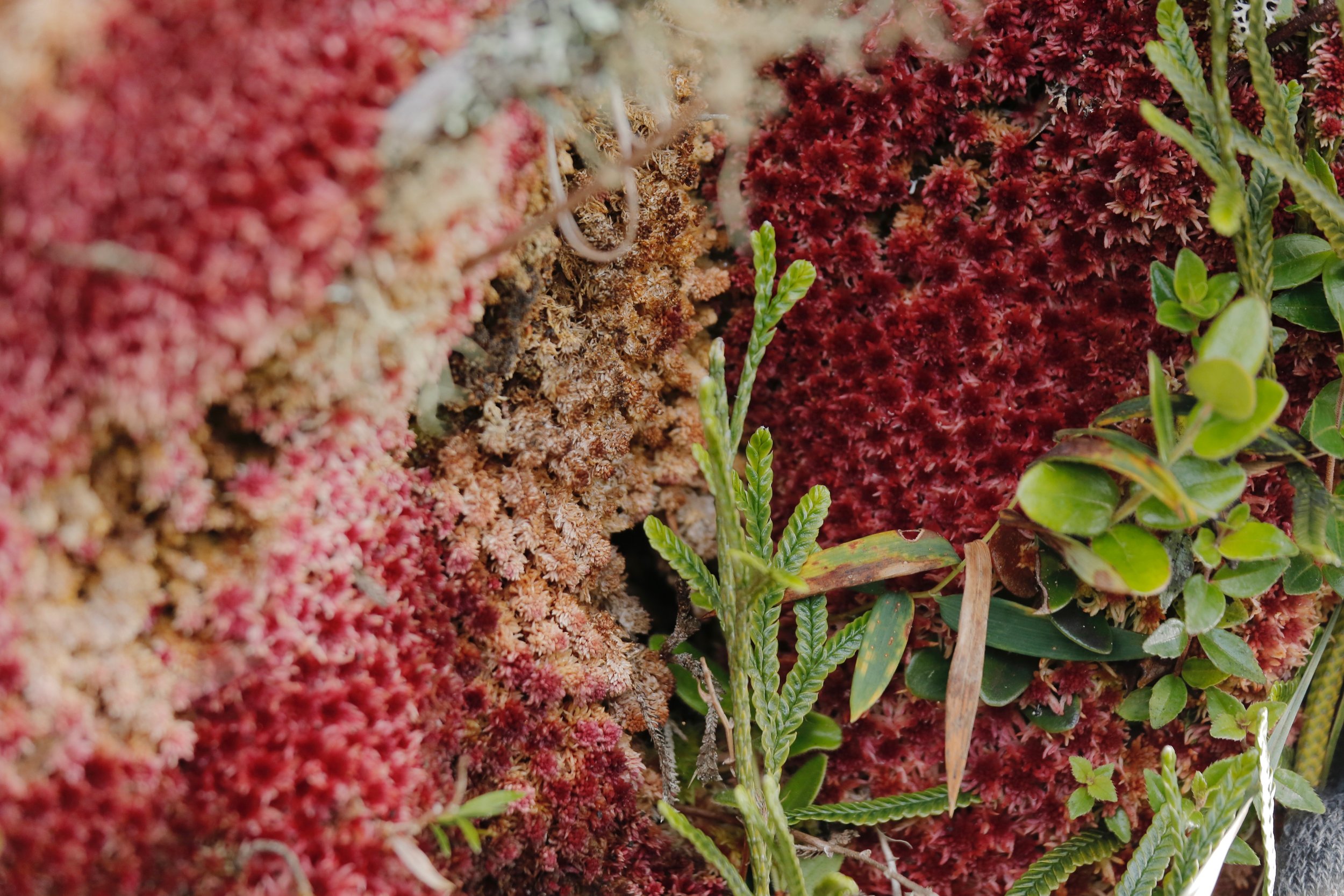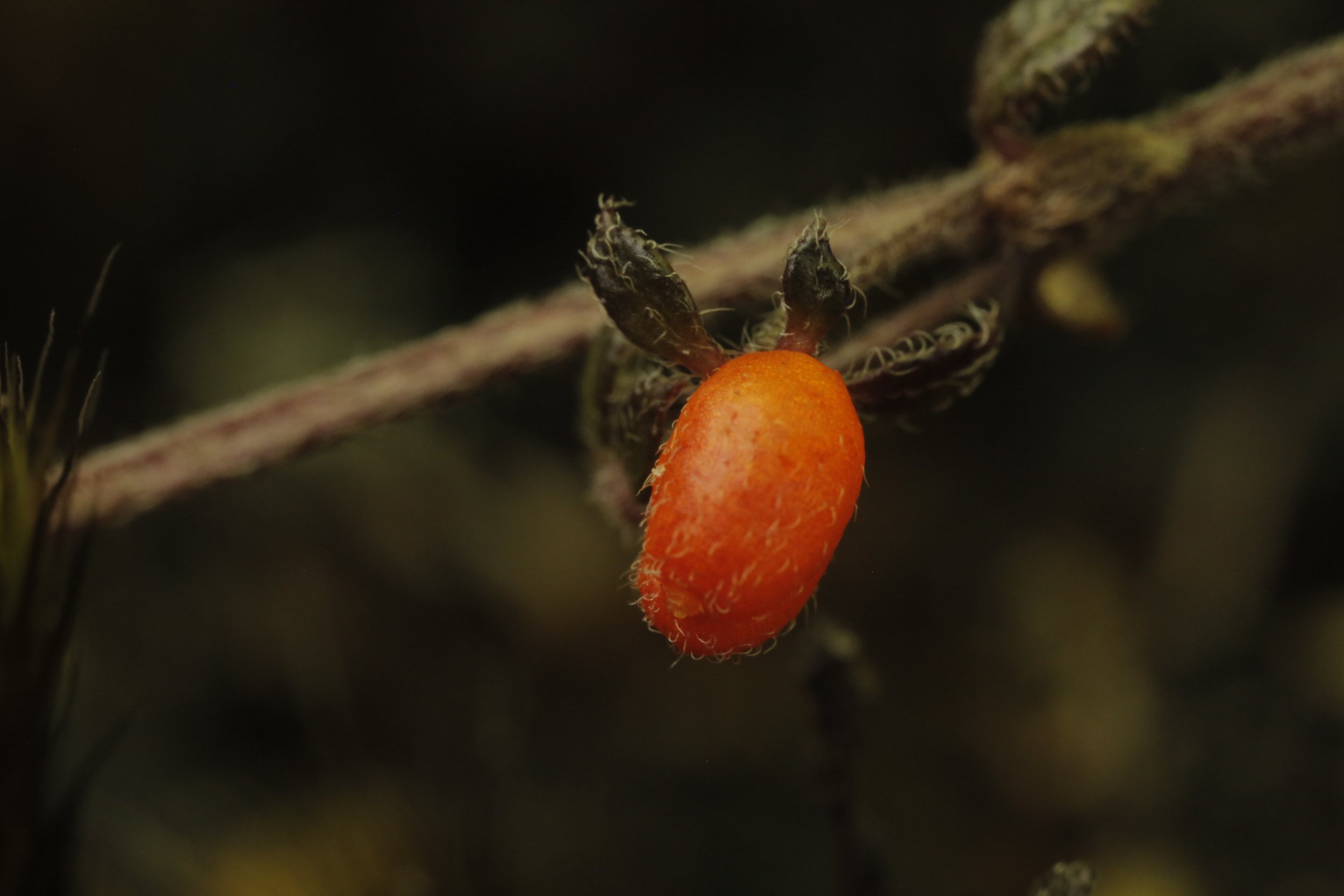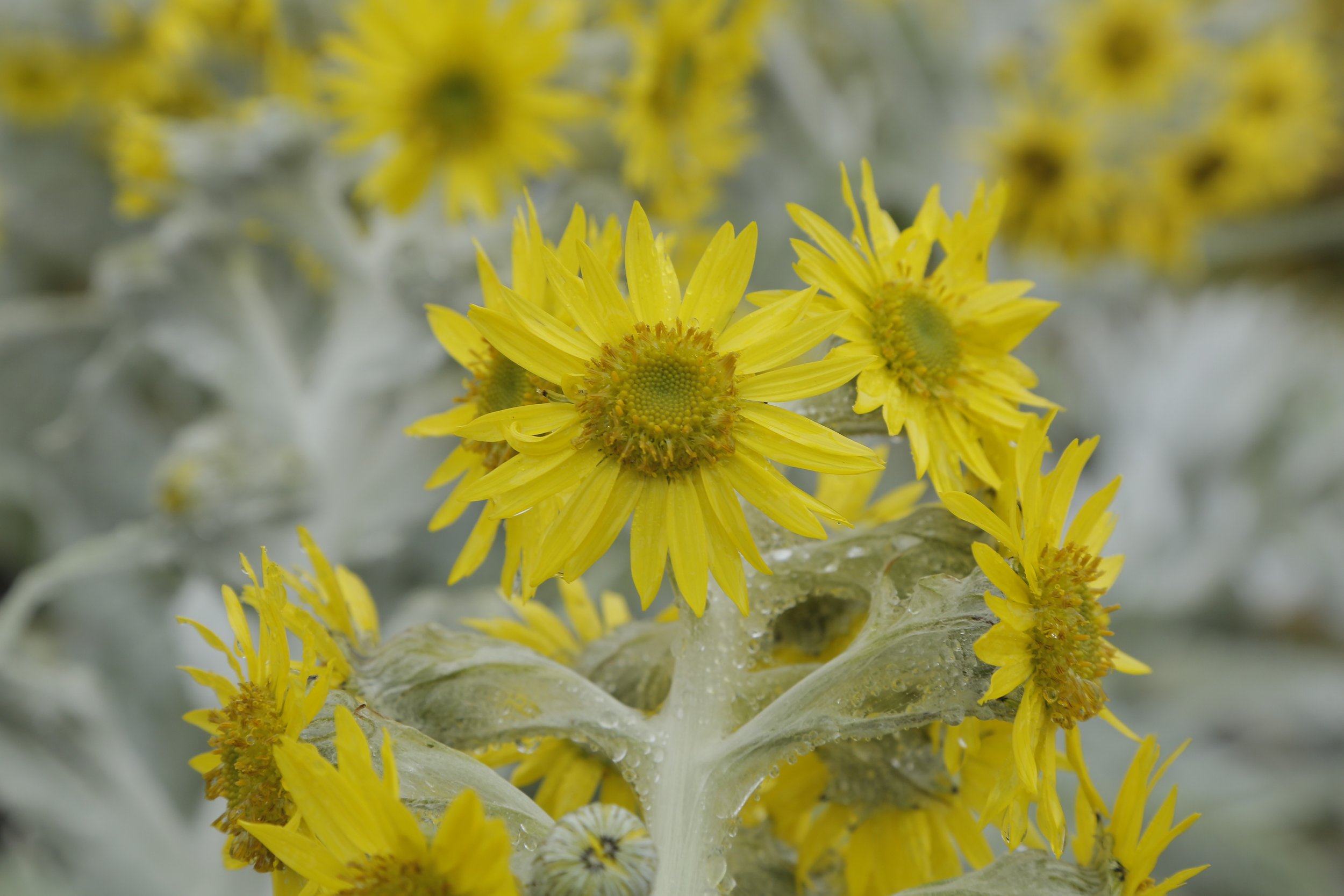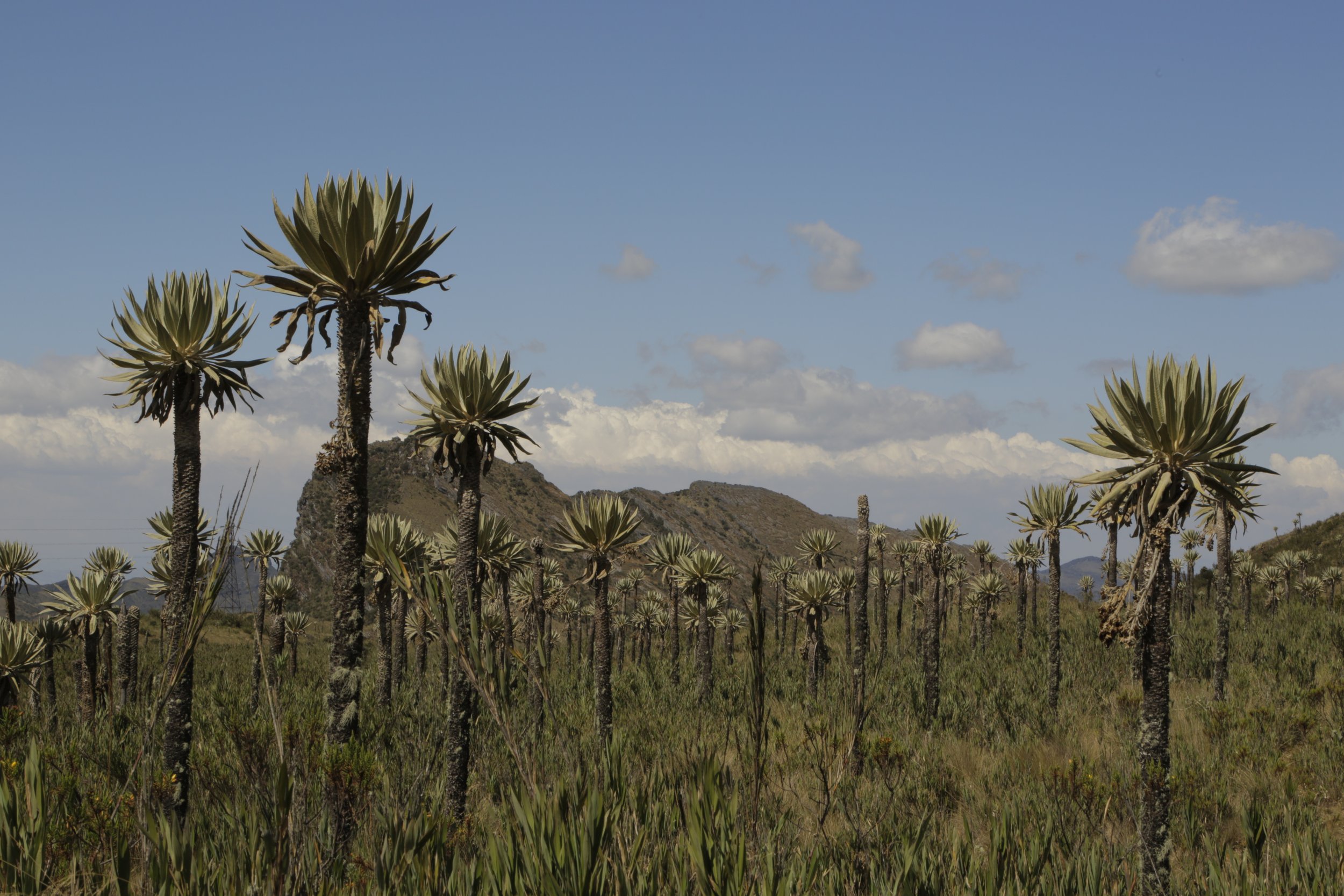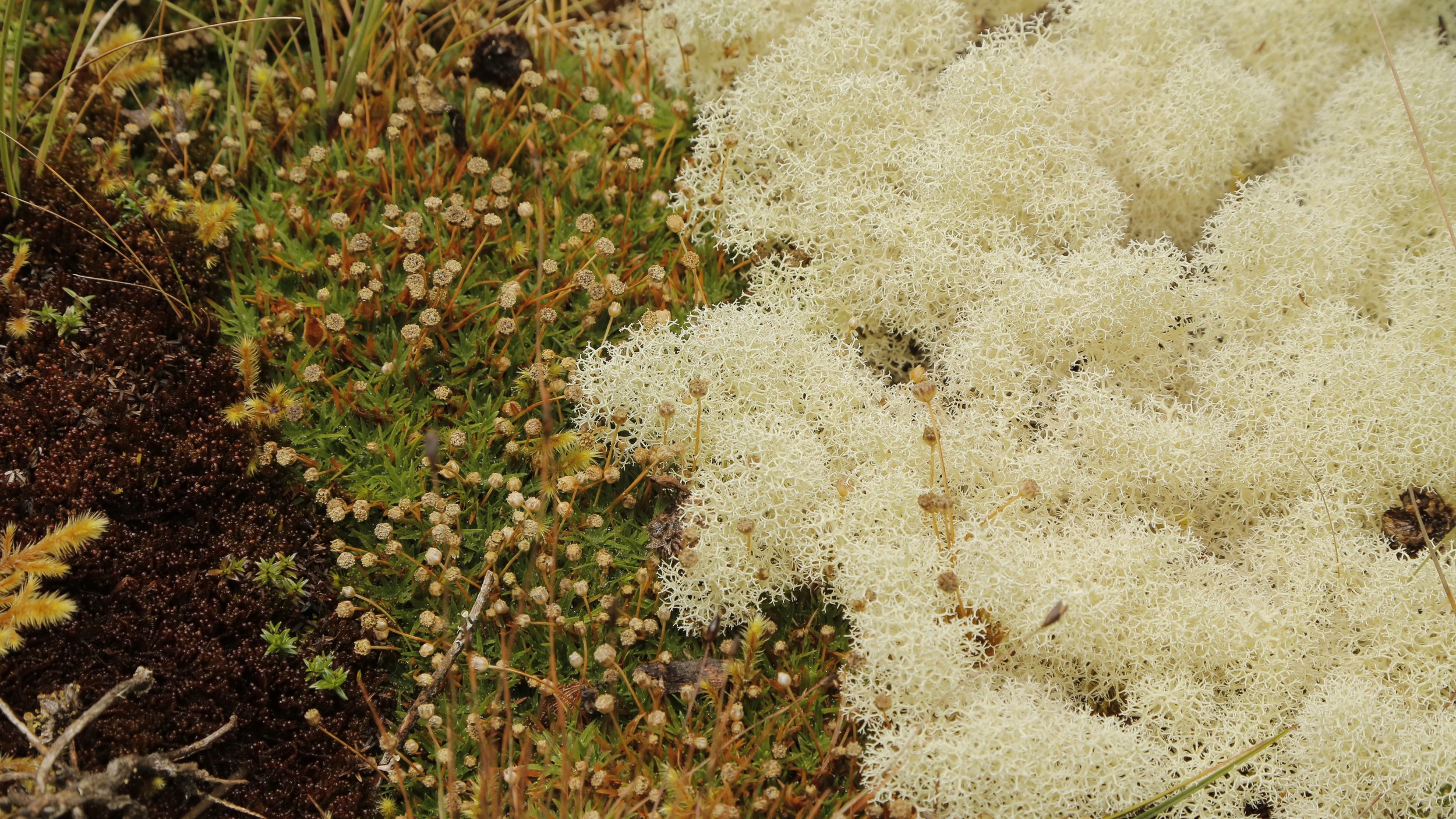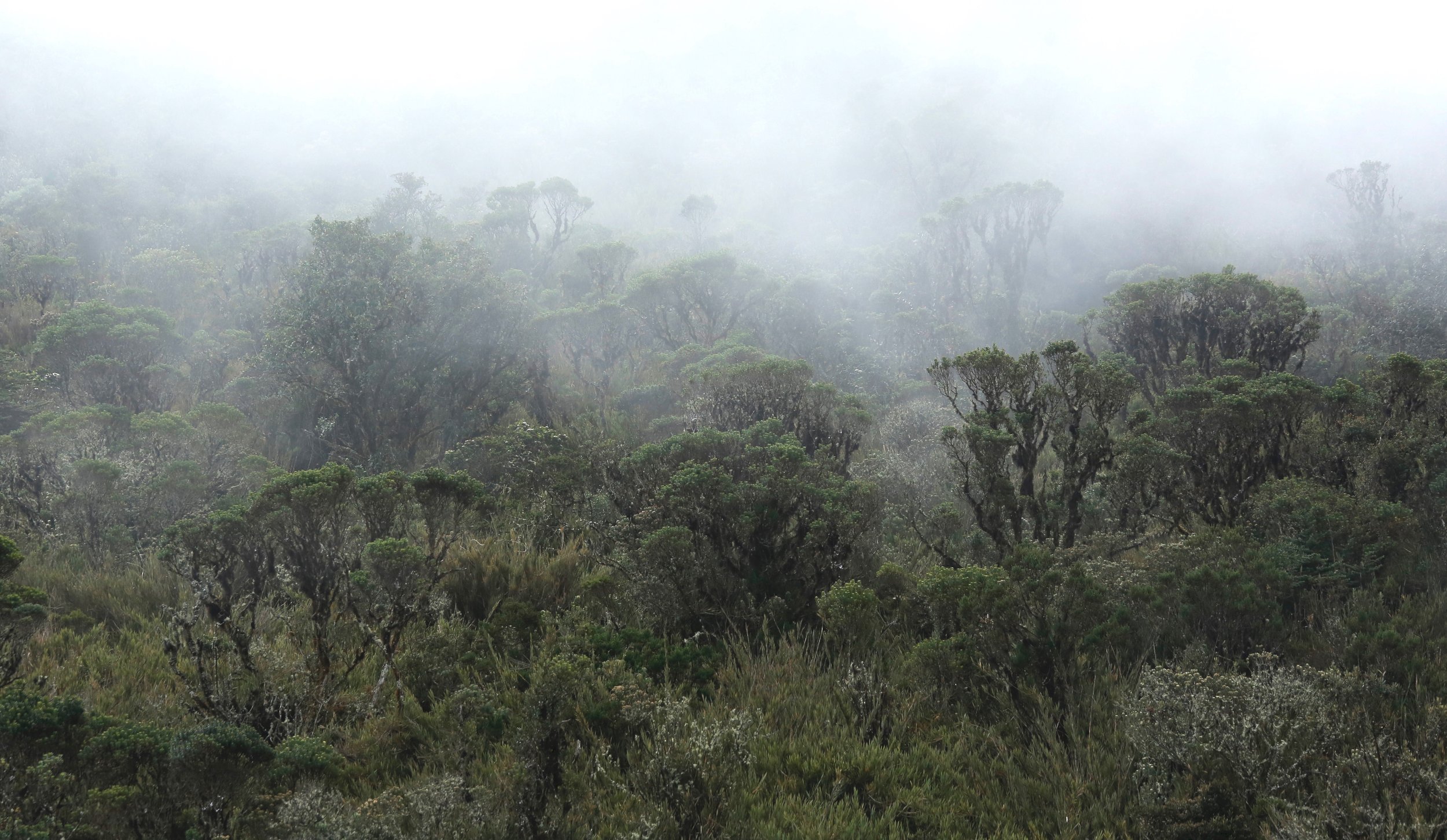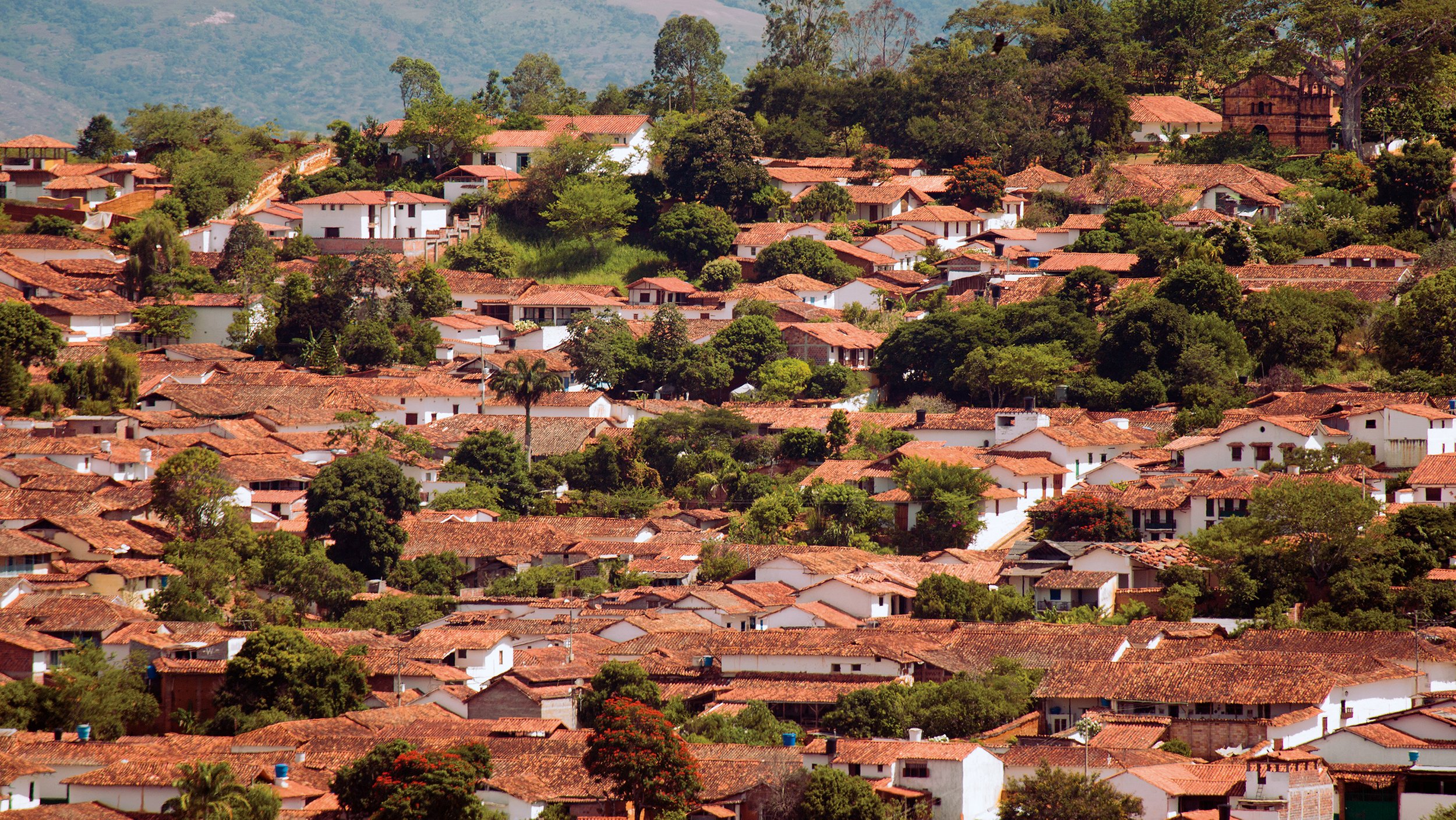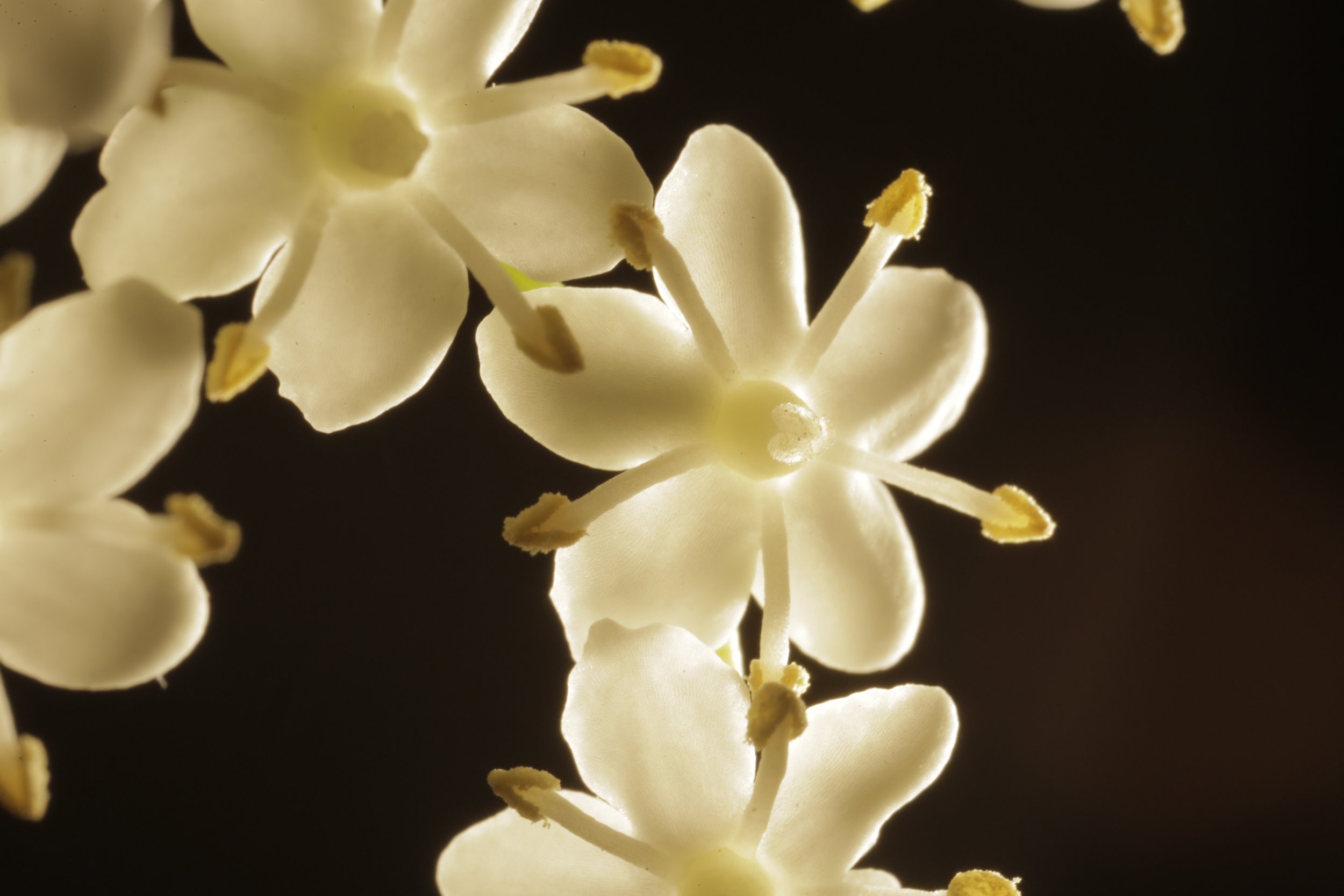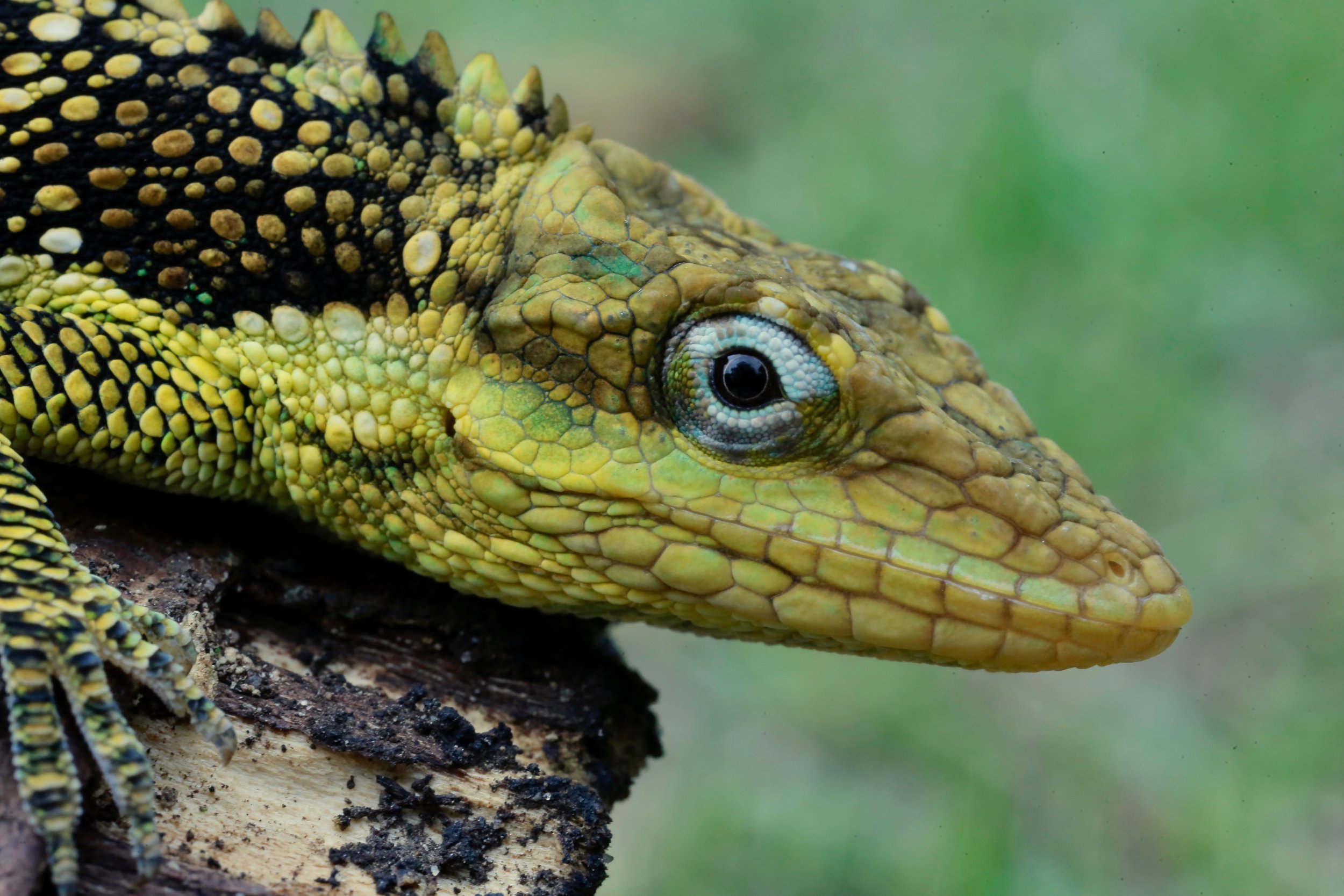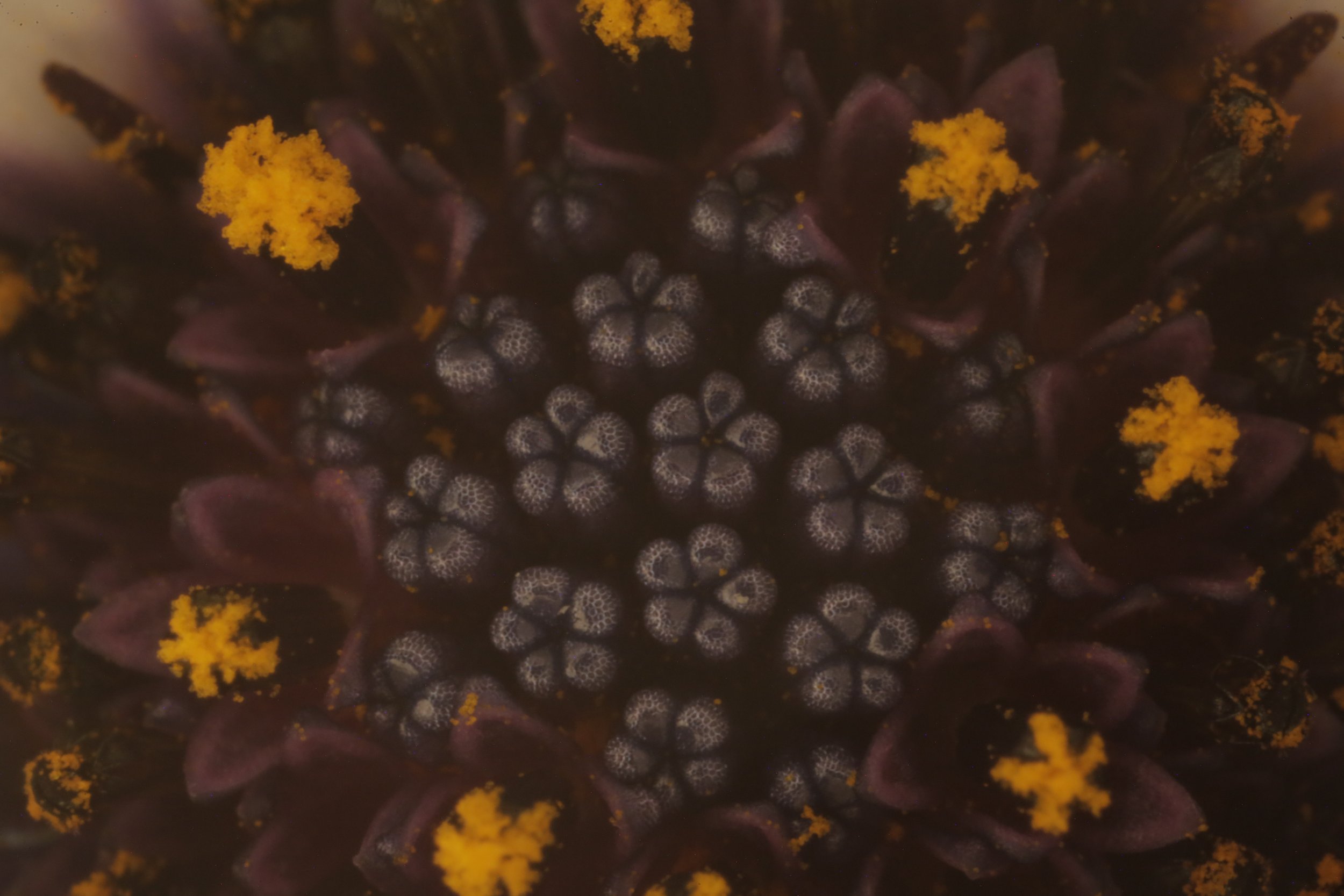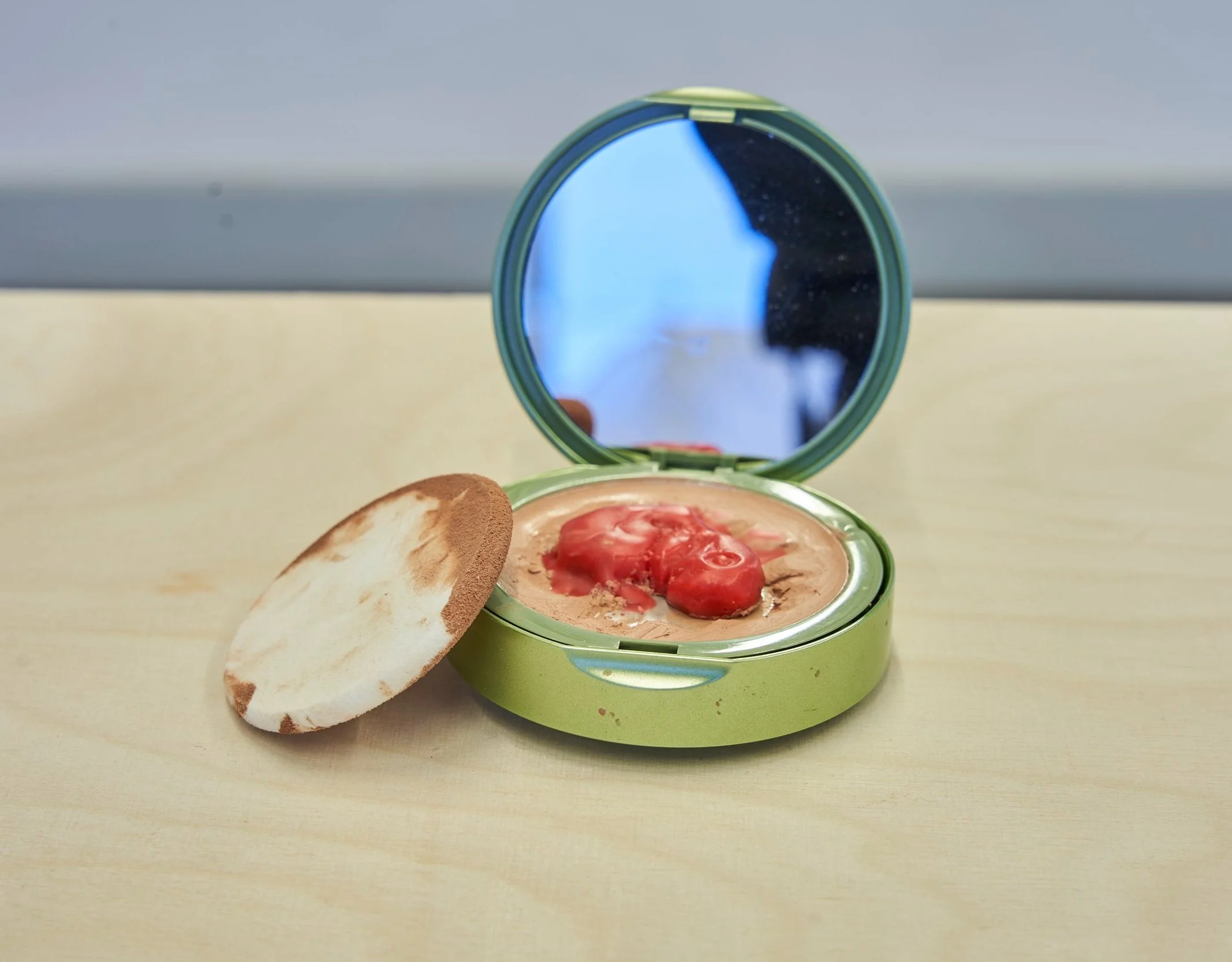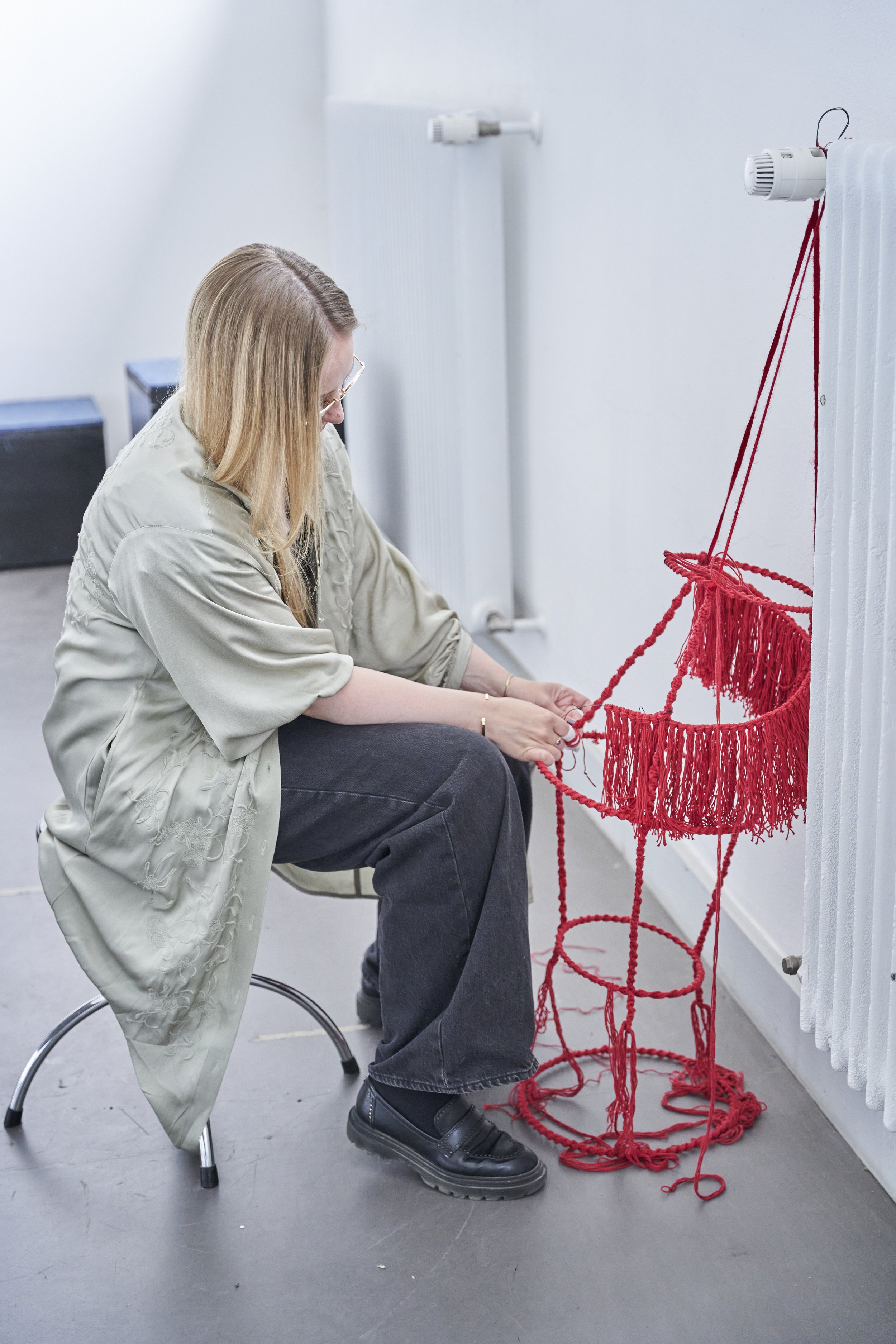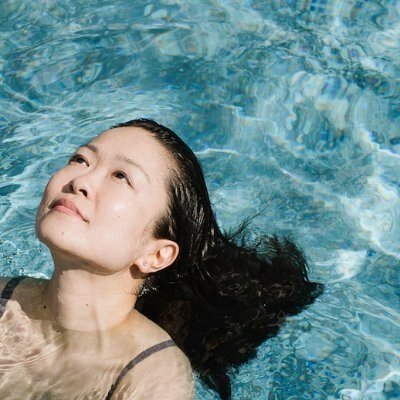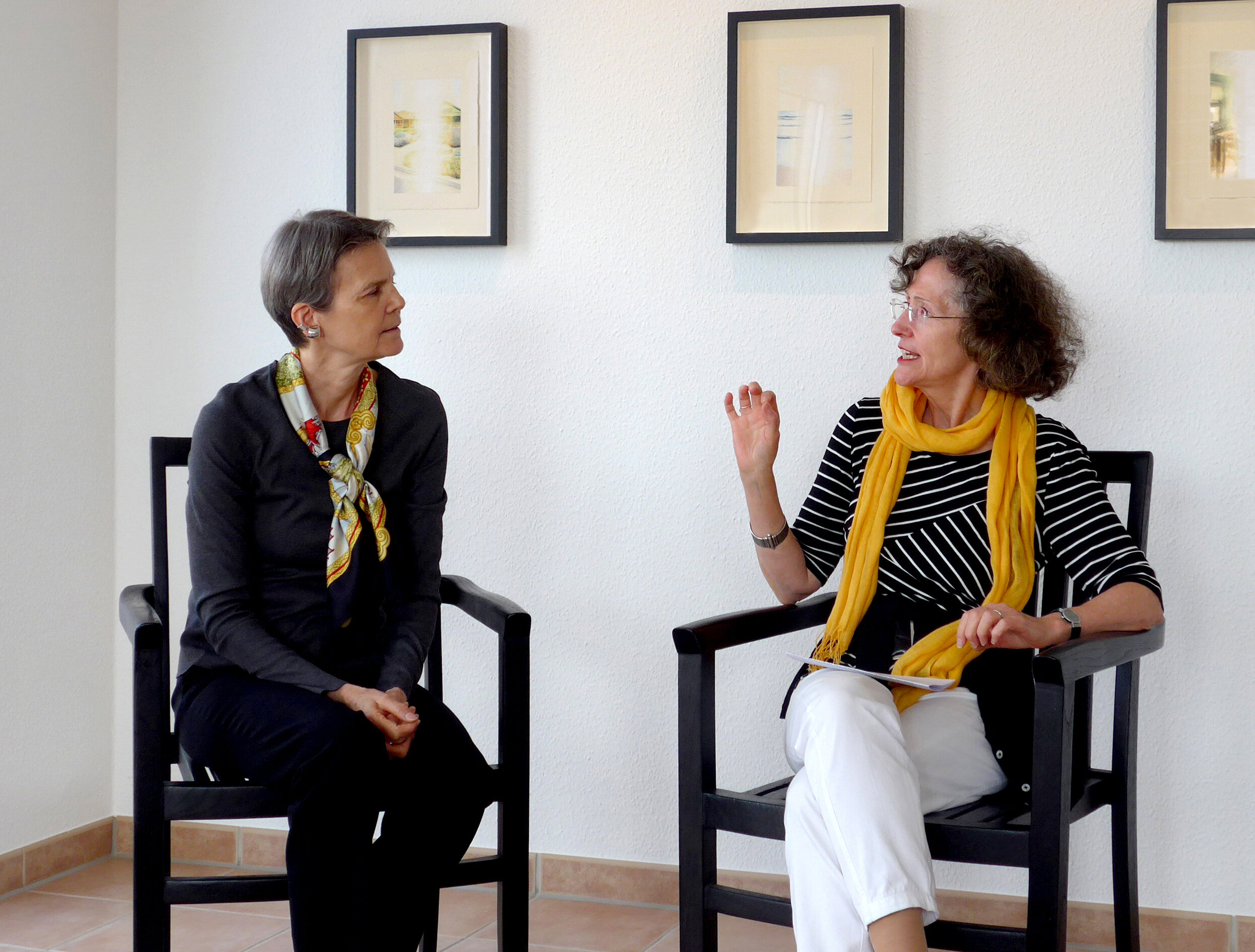

Gonzalo Reyes Araos x University of Bonn
Gonzalo Reyes Araos, WIP cloud study of a "horse” at galerie PLUTO, 2024.
The Poetics of Machine Learning
As part of his residency at galerie PLUTO, artist Gonzalo Reyes Araos engaged with University of Bonn researchers in an interdisciplinary dialogue during the past year. Coordinated with Transdisciplinary Research Area (TRA) Individuals, Institutions and Societies of the University of Bonn, this research-based creative exchange culminated in a public lecture and discussion called “The Poetics of Machine Learning” in June 2025. In conversation, Reyes Araos and the five University of Bonn researchers presented artworks by Reyes Araos and research on topics ranging from visual culture, globalization and technology, personality psychology, linguistics, human imagination, and more.
I remember correctly you are you and the rest is history
In tandem with the public lecture and discussion at the University of Bonn, Reyes Araos premiered an exhibition of new works at galerie PLUTO in June 2025, “I remember correctly you are you and the rest is history.” Many of the theoretical concepts in the exhibition stem from Reyes Araos’ 2024-2025 discourse with University of Bonn experts in artificial intelligence, psychology, linguistics, media studies, and art history.
Meet the University of Bonn Scholars
Prof. Dr. Brigit Mersmann
Professor for Contemporary Art and Digital Image Cultures
Prof. Dr. Anke Grutschus
Professor for Romance Philology / French and Spanish Linguistics
Iris Ferrazzo
Research Associate to the Chair and Professor Grutschus and at the Bonn Center for Digital Humanities
Dr. Merlin Monzel
Research Associate in the Department of Personality Psychology
Prof. Dr. Jens Schröter
Professor of Media Studies at the Institute for Media Studies, Musicology and Linguistics
Image: Still from Gonzalo Reyes Araos’ performance, Wormhole, 2017.

Poem N_030: Sky is falling asleep on the desk of the time. I remember correctly you are you and the rest is history, tomorrow at noon I will change the world and a half an hour to get the original transmission from the beginning of the time of the exhibition of my exhibition.
Poem N_030: Sky is falling asleep on the desk of the time. I remember correctly you are you and the rest is history, tomorrow at noon I will change the world and a half an hour to get the original transmission from the beginning of the time of the exhibition of my exhibition.
Why do texts generated by an automated system—without conscious intention — evoke emotions?
Could these words be a form of pareidolia in a textual expression?
Are words and images capable of creating or altering reality?
If images and/or words create/alter reality, do they do so by triggering neurochemical responses in the brain of the listener, reader, or observer?
Is our perception of the world a form of pareidolia?
Why do texts generated by an automated system—without conscious intention — evoke emotions? Could these words be a form of pareidolia in a textual expression? Are words and images capable of creating or altering reality? If images and/or words create/alter reality, do they do so by triggering neurochemical responses in the brain of the listener, reader, or observer? Is our perception of the world a form of pareidolia?
Summer 2024

About PLUTO Artist-in-Residence, Gonzalo Reyes Araos
Gonzalo Reyes Araos is a research artist who is interested in the intersection of light, communication, and human perception. His transdisciplinary and conceptual works examine the disciplines of painting, light installations, the use of AI poetry, and digital programming while challenging the Anthropocene and its paradigmatic control over reality. Recognizing the possibility of connecting with physical places by revisiting them in virtual spaces, Reyes Araos makes visible new architectures of communication built from image and light. These poignant perspectives create access points to a networked and multidimensional system of thought and experience.
Reyes Araos was born in Quiplué Chile, in 1980. In 2004, after completing a degree in Fine Arts at the School of Fine Arts of Valparaíso he moved to Europe in 2006. He now divides his time between Berlin and the arid Atacama desert in Chile. His work has been shown internationally in Austria, Germany, Korea, China, Spain, the Netherlands and Chile and he is represented by galleries in Chile and Vienna, and in numerous private collections in Switzerland, Germany, Belgium, Netherlands, Chile, United States of America, and South Korea.
-
“In 2023, I developed an artistic research employing automatic writing methods with my smartphone. The outcome was a series of <<surrealistic>> tone poems coming from the <<unconscious>> of my phone.
While these sentences may have appeared nonsensical to the writer, the ‘poems’ resonated deeply, seemingly originating from the writer’s ‘soul’, and evoking profound sensations in sentient and sensitive human beings.
Psychoanalysis, driven by Freud, gave rise to the inspirations of the surrealist movement about 100 years ago. Today advances in neuroscience study the functioning of our brain and, with it, the way we relate to reality. These advances have contributed to the improvement of artificial intelligence algorithms, which mimic the functioning of a human brain through a complex neural learning network. Quantum physics also studies the different states of atomic matter, thus the mixed possibilities of reality they form, suggesting that everything we perceive as <<matter>> is 99.0% energy, and its state can be influenced depending on the observer’s point of view (quantum superposition).
These facts have stirred within me a deep concern about our perception of <<reality>>. They have sparked a series of questions that I wish to raise through a new investigation: Why do certain things without apparent sense move sensitive threads of the interior of a thinking soul? If we exist in a world of subjective complexity, is the reality we perceive a form of Pareidolia?”
- Gonzalo Reyes Araos, 2024
Gonzalo Reyes Araos
I remember correctly you are you and the rest is history
galerie PLUTO is pleased to welcome artist-in-residence Gonzalo Reyes Araos. A Chilean artist living in Berlin, Reyes Araos engages in a transdisciplinary creative process. His practice is inspired by his migration experiences (Switzerland, Belgium, China and Germany) and his explorations of the culture and environment of the Atacama Desert in Chile.
Time spent in research and development at galerie PLUTO will allow Reyes Araos to create a new project, “I remember correctly you are you and the rest is history” posing a central question: “Is the reality we perceive a form of pareidolia?” This phenomenon is the human ability to find meaning in an ambiguous stimulus. This perceptual ability allows one to imagine an object or pattern where there is none. This summer Reyes Araos experienced pareidolia as he observed cloud patterns from PLUTO’s terrace overlooking the Rhine.
PLUTO has facilitated opportunities for Reyes Araos to engage in conversations with scientific and scholarly collaborators at the University of Bonn, making it a good fit for PLUTO’s commitment to the overlap of art and science. Reyes Araos’ piece, “I remember correctly you are you and the rest is history” was titled after an excerpt from his previous work, Poem N_030.
Gonzalo Reyes Araos, WIP cloud study of a "rabbit” at galerie PLUTO, 2024.
Digital communication has made binary code a metaphor for the universe, an architectural structure in which much human interaction resides.
- Gonzalo Reyes Araos
The Flow – Wood Water Exchange
a workshop by PLUTO Associate, Jörg Obergfell
“Workshop "The Flow – Wood Water Exchange" video by Mike Gerus.
In June 2024, an interdisciplinary group from Taiwan collaborated with Professor Obergfell at the Design Campus at Trier University of Applied Sciences. PLUTO Associate Jörg Obergfell guided 12 Students and three professors from The “National Taipei University of Education” and “Ming-Chi University of Technology” in collaborating on “The Flow – Wood Water Exchange.”
Throughout the week, the Taiwanese students worked with Trier students to develop a solar-powered fountain using bamboo and local wood as building material. The two different materials, bamboo and logs, represent not only their specific aesthetics and processing methods, but also the exchange between the institutions in Taipei and Trier.
The students collected found branches, trunks and roots in the Weishaus forest in Trier. The wood then was processed and assembled into a fountain. The fountain's water circuit is powered by a solar-powered module panel donated by the Environmental Campus Birkenfeld, part of TUAS Trier.
The resulting structure was presented in an exhibition and was funded by the German Academic Exchange Service (DAAD) and the Federal Ministry of Education and Research as part of HAW.International.
Megapode Mound: the Bird-Sauna
a lecture and installation project with Global Forest by PLUTO Director, Dr. Jeremy Wasser
Megapode Mound collage by Jörg Obergfell.
In early May, Dr. Wasser participated in Vogelklang Soundcamp in Germany’s Black Forest, an event organized by the art and science non-profit, Global Forest e.V. The annual event, Vogelklang, brings together artists and scientists interested in birds and ecology for a weekend of exhibitions, performances, nature walks and lectures.
Jeremy lectured on temperature regulation and metabolic physiology of birds and mammals and introduced his audience to the megapodes. These turkey-sized birds from Australasia do not build a conventional nest but instead, build a sand and debris mound where the eggs are heated by the decomposition of the surrounding organic material.
He gave a second lecture on the history, folklore and physiology of the sauna to introduce the installation project/performance “Megapode Mound-the Bird Sauna.” A collaboratively built "sweat lodge" was then constructed as a geodesic dome based on both the oldest principles of sauna construction and the unique "mound nests" of megapodes. The sauna was heated to 130 F (55 C) with hot stones allowing participants to enjoy a sweat! Jeremy looks forward to bringing “Medapode Mound” to Joshua Tree, California in Fall 2024.
Summer
2023

We met Eduardo through his son, guitarist Julián Restrepo whose live contemporary classical guitar performance was paired with artist Marina Moevs at galerie PLUTO. View Julián’s Summer 2021 interview. The photographs above were taken by Eduardo Restrepo.
Recorded during Eduardo’s trip to Köln, Germany, the interview provides insight into Eduardo’s personal story including his early struggle to save indigenous wild lands before climate consciousness was fashionable.
"Con el tiempo tuve muchas experiencias pero filmando ecológica y la naturaleza es mi pasión. Trabajando en esta área me di cuenta de la importancia de los páramos y el agua.”
- Eduardo Restrepo, Filmmaker / Photographer
English translation: “I’ve had a multitude of experiences in my career but filming ecology and nature is my passion. It was working in this field that made me realize the importance of water and the alpine tundra ecosystems.”
Eduardo Restrepo
Colombian Eco-Photographer
In April 2022, galerie PLUTO director Dr Jeremy Wasser interviewed Colombian photographer and filmmaker Eduardo Restrepo and his son and guitarist Julián Restrepo. The interview, held in Köln, Germany, highlighted Eduardo Restrepo's lifetime work in the Colombian Highlands and his commitment to the ecosystems and peoples of his homeland.
In the summer of 2023, galerie PLUTO worked with Eduardo Restrepo and Julián Restrepo to provide additional resources and information in support of the previous interview. From these collaborations, a two-part interview and photography video were produced. Learn about the talented and well-traveled Eduardo Restrepo in his own words in “In Conversation with…Eduardo Restrepo.”
Summer
2022 - 2023

PLUTO supports the LIMES laboratories at University of Bonn, Germany in their efforts to reduce plastic waste and understand the health and environmental consequences of microplastics. Click on the link below to learn more about the latest microplastic research.
Summer
2021 - 2022

Barbara Benish
Rhine River Requiem
PLUTO is pleased to welcome artist Barbara Benish and her ongoing project, Rhine River Requiem. Started during her summer 2021 galerie PLUTO virtual research residency, her project is being realized this summer (2022) in tandem with Prof. Jörg Obergfell’s art and design students from Trier University of Applied Arts and Dr. Wasser’s bioscience students from Texas A&M University. Rhine River Requiem focuses on micropollutants flowing into the Rhine.
Science and activist researchers will also participate in dialogue with Benish. Central questions to the project are, “How do microplastics found in garments that are produced worldwide make their way into the Rhine? Do microplastics end up in our bodies? What can we do to prevent this?” Join Benish, Wasser and local scientists for a walk along the Rhine and a chance to view Rhine River Requiem at galerie PLUTO.
Rhine River Walk Exhibition Viewing
Wednesday, June 29, 2022
From 1978-1988 Barbara Benish had a small clothing company in Los Angeles and Hawai’i, named Baba Designs. The T-shirts, which she silk-screened and hand-painted, were 100% cotton, in an era when it was increasingly difficult to find non-synthetic materials. Her research into the production (farming), manufacturing (labor), and distribution (global transportation systems) of cotton, led her to eventually search out other greener alternatives, which at that time were slowly coming into the market.
Years later, Benish would work with a colleague at the United Nations, Michael Stanley-Jones, on the Safe Planet campaign, which supported and promoted “safe products” for consumers, free of hazardous chemicals and waste. One of the projects was to inform the public on fast fashion, and support alternative, locally based, organic textiles.
About Barbara Benish
Artist Barbara Benish (b. USA) moved to Czechoslovakia in 1993 after completing a year as a Fulbright scholar in Prague. Benish has exhibited internationally in over 40 solo shows and has been featured in venues including MoMA PS1, U.N.E.S.C.O. Headquarters in Paris and the Venice Biennale. Her work is represented in public and private collections, including the Getty Museum in Los Angeles and the Stadtgeschichtliche Museen in Nürnberg, Germany. Benish is the founding director of ArtMill, a small eco-art center/farm that is an extension of her social art practice. Benish divides her time between SW Bohemia, and her studio in California.
Later, and at the Youth Summit of the United Nations in New York City (2019), Benish met with African designers who were representing the UN Alliance for Sustainable Fashion at UNEP. The thrust is to detox our culture from unsustainable models of fashion that pollute our ecosystems, and begin to re-create local structures for ethical consumption choices.
Benish’s series, Nurdles (2020-21) and Microplastic Drawings (2022), explore the cell structures of micro-plastics and human biology, which are increasingly intertwined and inter-polluted. Her book, Form, Art, and the Environment, Engaging in Sustainability, contains further insight into her research. Particularly relevant to Rhine River Requiem is her chapter on plastic pollution art.
Water and the sustainable body
July 2022 Exhibition
The edge of water by artist, Omnya Jeryo, who is standing by the piece.
OMNYA JERYO
RANIA SAMAHA
MARIE-CLAIRE HARNASCH
RICK CHANG
JONAS KLASEN
CAMERON HOLLY
MARIE DECKER-HOFFMANN
VEERA LAAKSONEN
JULIA SKIPPARI
PINJA ANTIKAINEN
Water and the sustainable body is galerie PLUTO’s collaborative exhibition with artists from Professor Jörg Obergfell’s Trier University of Applied Sciences Art and Nature course. The work in the exhibition is a response to research compiled by Texas A&M University bioscience students taught by galerie PLUTO Director, Dr. Jeremy Wasser. Research by doctoral candidates, Marina Mayer and Nikola Makdissi, from the laboratory of Prof. Dr. Elvira Mass from the LIMES Institute of the University of Bonn.
Barbara Benish’s microplastics and nanoplastics artwork (completed during her 2022 galerie PLUTO residency) was an additional source of inspiration for the artists. The exhibition commenced with a Vernissage on July 12, 2022 at Trier University.
Water
Works in the Water series are individual artists’ responses to the theme of water. Group meditations and experiences surrounding the theme further inspired the work. The artists engaged in visualizations, wrote poetry about the Rhine River, explored the science of water, and practiced the Qigong Five Elements Moving Meditation.
the sustainable body
the sustainable body series includes drawings and an interactive video performance as a collaborative installation project. The entire project considered the Rhine River, microplastics and water as an element of health. Students from Professor Jörg Obergfell's Art and Nature course at Trier University of Applied Sciences met for five weeks with artist Jane Brucker and biomedical scientist Dr. Jeremy Wasser, both from the USA. Student artists and designers met to explore water as an essential aspect of the human experience of nature and to examine the relationship of water to human health.
The artists and designers met with the Texas A&M University Biomedical Sciences Program. The A&M participants, who were studying under galerie PLUTO Director, Dr. Jeremy Wasser, at the time, engaged with PLUTO artist-in-residence, Barbara Benish, and doctoral candidates Marina Mayer and Nikola Makdissi from the laboratory of Professor Dr. Elvira Mass, developmental biologist at the LIMES Institute of the University of Bonn and member of the Cluster of Excellence ImmunoSensation.
The collaboration included seven groups, each focused on the impact of microplastics and nanoplastics on a organ/body system (endocrine, cardiovascular, nervous system, renal, reproductive, gastrointestinal, and biochemical). Each biological system group created drawings from their shared research, which considered fast fashion and garment water pollution as the primary source of microplastic and nanoplastic intake. The artists and designers communicated the research through the works they created for the exhibition.
Julián Restrepo
Interview by Marina Moevs
Stay tuned for Marina Moevs’ interview with Julián Restrepo. During their Summer 2019 galerie PLUTO artist residences, Julián Restrepo performed a piece in response to Marina Moevs’ drawings on exhibition and her father, Robert Moevs’ archives.
Classical Guitarist Julián Restrepo Performs All in Twilight by Tōru Takemitsu
The video included features galerie PLUTO Summer 2019 musician, Julián Restrepo, performing the third movement of All in Twilight by Tōru Takemitsu on a Götz Bürki guitar. Restrepo played Takemitsu’s piece in a galerie PLUTO July 2019 performance inspired by Marina Moevs' PLUTO exhibition and the works of composer, Robert Moevs.
Video: Musik im Blick, Emilie Fend; Guitar and audio: Götz Bürki. Special thanks to the Evangelische Kirchen Gemeinde Jüchen.
Summer - Fall 2020

Healing Spaces: Sen Sound and Hospital Rooms in Conversation
In September 2020, galerie PLUTO brought together two pairs of remarkable innovators, Yoko K. Sen and Avery Sen of Sen Sound and Niamh White and Tim A. Shaw of Hospital Rooms. Collectively, these individuals are using art to change the visual and aural landscape of healthcare spaces. PLUTO director, Dr. Jeremy Wasser moderated a discussion that centered around how improving the sensory experience of hospital spaces can impact patient well-being and improve clinical outcomes.
Healing Spaces Event Recording
Hospital Rooms
September 2020
Hospital Rooms was founded in 2016 by artist Tim A. Shaw and curator Niamh White after a close friend was committed to a locked mental health ward. They were shocked by how stark, cold, clinical and inhuman the environment on the ward was. The charity now runs award-winning projects bringing extraordinary art and creative activity to inpatient mental health wards.
Niamh White
Niamh White is a curator who lives and works in London. She studied History of Art at Goldsmiths and was a Professional Fellow at the University of Leeds. She is co-founder of Hospital Rooms with artist Tim A. Shaw, an award winning charity that radically transforms mental health units with museum quality artwork. Niamh and Tim were also winners of the Beyond Business social enterprise scheme where they received seed funding from Investec Bank to found Making Time, which provides arts training to dementia caregivers. They are curators of the Dentons Art Prize, a biannual £5,000 prize for early career artists and have organised many exhibitions for public and commercial galleries. Niamh previously worked at SHOWstudio and Hauser & Wirth.
Tim A. Shaw
Tim A. Shaw is an artist and he lives and works in London. He studied Fine Art at Central Saint Martins and recent solo and group exhibitions include: Pierrot Studio, Display Gallery, London; The Voice of a Generation, The Quin, NY; Control to Collapse, Blyth Gallery, London; Ugly, SHOWstudio, London; Musee Ernest Cognacq, Ile de Re; 1 Godley VC House, Griffin Gallery, London. Along with his partner Niamh White, he is the co-founder of Hospital Rooms, an arts and mental health charity that commissions extraordinary art for inpatient mental health units; Making Time, a social enterprise that delivers arts training to professional dementia caregivers; and the Dentons Art Prize, a biannual £5,000 award for exceptional emerging artists. He has delivered lectures internationally and recently wrote Draw & Be Happy, a book co-published by Quarto, Chronicle Books and Octopus Books.
Sen Sound
September 2020
Sen Sound is a human-centered audio design studio with a mission to transform the sound environment in hospitals. The team is composed of sound designers, musicians, and researchers who specialize in improving the sound experience in healthcare environments. Sen Sound has partnered with hospital systems such as Kaiser Permanente, medical device companies such as Medtronic, and its work has been featured in The New York Times, BBC, and STAT.
Yoko K. Sen
Yoko K. Sen is an ambient electronic musician and the founder of Sen Sound, with a mission to transform the sound environment in hospitals. As a classically trained musician, sensitive to sound, she was disturbed by noise she had experienced in hospitals as a patient. Yoko is a former citizen artist fellow at the Kennedy Center, a former artist-in-residence at Johns Hopkins Sibley Innovation Hub and Stanford Medicine X. She has presented nationally and internationally, including at TEDMED and Aspen Ideas Festival, and her “My Last Sound,” was selected as a Top Idea by Open IDEO’s End of Life challenge. Yoko’s first album, “012906,” was nominated for “Best Album in Electronica” by the 6th Independent Awards, and her second album “Heaven’s Library,” earned her Washington Music Association Awards’ “Best Electronica Artist.” As a self-proclaimed “sound alchemist,” Yoko aspires to create music, which is, to quote Beethoven, “the mediator between the spiritual and sensual life.”
Avery Sen
Avery Sen, PhD, is co-founder and strategist at Sen Sound, a human-centered audio design studio with a mission to transform the sound environment in hospitals. He is also founder at Sentripetal, where he provides strategy and policy guidance to nonprofit science and technology organizations. Avery's work centers on how innovation is a social practice of collective sense-making, shaped as much by our tools to share meaning as our tools to explore and build. He has published and presented on transformative innovation, based on his research on management practices at DARPA and ARPA-E. For 15 years, he advanced evidence-based science policy at space, environment, healthcare, and security agencies. He has worked at the National Oceanic and Atmospheric Administration, the futures consultancy Toffler Associates, and SRI International. Avery has a BA in Science & Technology Studies from Cornell University, and an MA in International Science & Technology Policy and a PhD in Public Administration from The George Washington University.
Letter from the Director
A word from galerie PLUTO director, Dr. Jeremy Wasser
ART + SCIENCE IN THE TIME OF THE CORONAVIRUS
I find myself ready to leave Bonn and return to the US. This will be the first summer in 17 years that I have not taught, lectured, and traveled with students learning medicine and history abroad. From this distance, I saw an American healthcare system pushed to its breaking point and the politicizing of the deadly coronavirus take a toll on first responders, the elderly and the impoverished. I am a supporter of Black Lives Matter and its evolution into what Scientific American calls “a global initiative to confront racial inequities in society, including environmental injustice, bias in academia and the public health threat of racism.”[1] I am hopeful that the global protests suggest we have reached a critical moment, where the importance of grappling with racial injustice, police violence and the ongoing brutality that people of color face on an everyday basis is recognized not only by those who are immediately affected by these manifestations of racism, but also by their white allies. I am also hopeful that the forced slowing down and meditative potential of lockdown will provide an opportunity for those who are interested in the role of art and science to reflect on our complacency and make needed changes to address the critical issues we face as global citizens.
Among the many organizations raising awareness and relief across the globe at this time, we have pledged our support to two shown below that address the mission of galerie PLUTO. As conscious members of the global community, we all must continue to educate ourselves about the legacy of racial injustice, especially its effects on refugees, black, Indigenous and people of color, and to collectively seek and remedy it in our thoughts and actions. We look to contemporary artists and scientists whose voices call for change and seek to engage them in dialogue with each other and our PLUTO audience. We hope that in our small way, we are here to inspire you to move all of us towards a positive future, together.
Viele liebe Grüße aus Bonn.
[1] “SPECIAL REPORT, The Black Lives Matter Movement,” Scientific American, June 25, 2020, https://www.scientificamerican.com/report/the-black-lives-matter-movement/.
PLUTO is looking forward to its virtual collaboration with LA artist, Carole Kim. A still from her under-the-kitchen-table installation series "Glass House," is above.
Organizations We Support
We would like to thank those who participated in the galerie PLUTO Summer 2020 donation match to Doctors Without Borders / Médecins Sans Frontières (MSF) and Outdoor Afro. Although PLUTO’s Summer donation match has ended, we encourage friends of PLUTO to consider making donations to these brave organizations.
Doctors Without Borders / Médecins Sans Frontières (MSF)
Photo + copy from doctorswithoutborders.org
PLUTO admires Doctors Without Borders and its mission to respond quickly to medical humanitarian emergencies. Unrestricted funds allow MSF to allocate its resources “most efficiently and where the needs are greatest." MSF treats displaced people globally for the "physical and psychological scars of war and extreme violence, for hardships suffered along the journey, and other essential medical needs.” Amongst its direct responses to COVID-19, MSF has launched a psychosocial aid project for asylum seekers in Germany. MSF is also working with Navajo Nation and Pueblo peoples in the US to provide infection prevention and control training and resources. Just because galerie PLUTO’s Summer 2020 donation match has ended, doesn’t mean it’s too late to support MSF!
Outdoor Afro
Quotes from outdoorafro.com
Photo from forestparkforever.org
PLUTO admires Outdoor Afro and its mission. Outdoor Afro celebrates and inspires Black leadership in nature, shares environmental and self care practices and raises awareness of the impact of environmental issues on families and communities. Outdoor Afro is a US non-profit organization that connects thousands of participants to outdoor experiences in 30 states to help "lead the way for inclusion in outdoor recreation, nature, and conservation for all!"
Outdoor Afro celebrates and inspires Black leadership in nature, shares environmental and self care practices and raises awareness of the impact of environmental issues on families and communities. Outdoor Afro is a US non-profit organization that connects thousands of participants to outdoor experiences in 30 states to help "lead the way for inclusion in outdoor recreation, nature, and conservation for all!"
“Empowering more Black people to become informed and engaged in recognizing the need to protect wildlife and their habitats, promote more equitable access to green spaces are a critical part of a healthy human ecosystem.” - Taishya Adams, Outdoor Afro Leader
Just because galerie PLUTO’s Summer 2020 donation match has ended, doesn’t mean it’s too late to support Outdoor Afro!
Summer 2019
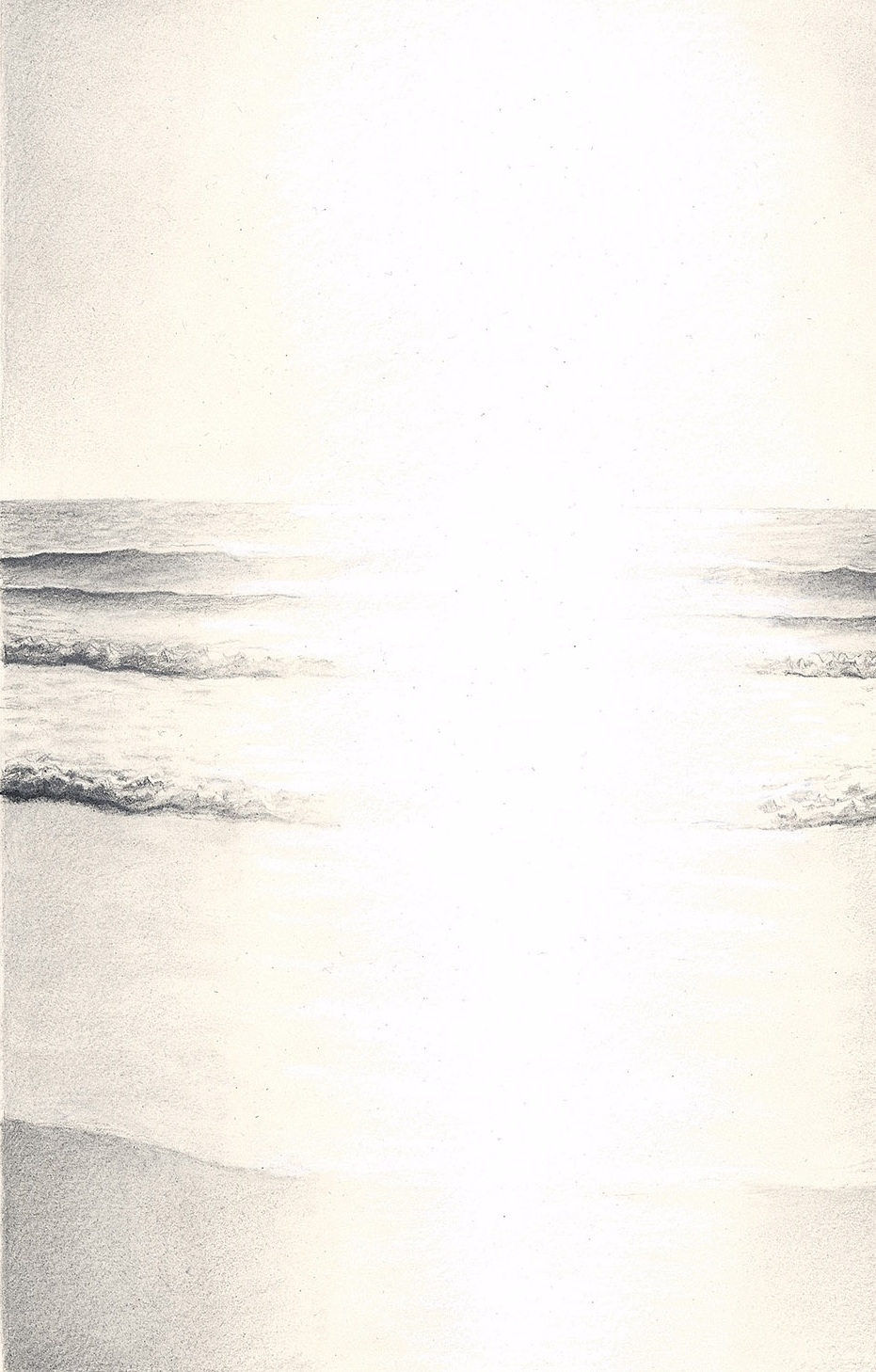
Deena Capparelli
MAY-JUNE 2019
About Deena Capparelli’s project at galerie PLUTO
The natural environment inspires Los Angeles artist, Deena Capparelli, linking her interests in the design, theory and history of gardens to her work as a painter and sculptor. Her focus on plants has led to working with arts collectives, including Moisture, a seven-year project in the Mojave Desert co-coordinated with urban geographer Claude Wiley. In Summer 2019, Deena began a collaboration with Dr. Jeremy Wasser, on the history of medicinal plant gardens. The two explored gardens and landscapes in the UK and Germany, launching a year-long project building on their mutual interests. Combining Capparelli’s investigation of the 18th century transport of herbs and plants from the New World to Europe with Wasser's interest as a historian of medicine in medicinal plant use and pharmacological discoveries; their project will be developed further and realized at galerie PLUTO in the future.
Marina Moevs
JULY 2019
Marina Moevs
In her calm, serene, and brightly lit landscapes, Moevs calls for a rethinking of our identity and our relationship to each other and the planet, in light of the challenges presented by the climate crisis.
For summer 2019 at galerie PLUTO, Marina Moevs exhibits a selection of her more recent drawings. The drawings are a critical component of Moevs' practice; it is where Moevs works out her ideas, and they serve as studies or guides for her large paintings. Climate change is the point of departure for her drawings and paintings, and her work is an extended meditation on our current inability to adequately connect with each other and to adequately value the planet we call home. The thesis of her metaphysical landscapes is that only through a revolution in our understanding of our identity will we be able to act and avert catastrophe. Her work describes a key transition in the experience of identity: from a culturally sanctioned interpretation of our individual “self,” to a radical identification with everyone and everything. This identification is the focus of the works on display, where the landscape opens to reveal a unifying space and light.
A Los Angeles based artist, known for her precisely constructed paintings, Moevs has exhibited in solo and group shows, locally and nationally. Her work has been seen in museums including the Autry Museum, the California Museum of Afro-American Art, and the Nevada Museum, and she has had solo shows at Koplin Del Rio and Peter Blake Gallery. She has taught at Loyola Marymount University, and the University of Southern California.
The musicians, flute–Liene Krole; guitar–Julián Restrepo; and violin—Mareike Neumann; were each given compositions by American composer, Robert Moevs, the father of Marina Moevs, to play or consider as inspiration as part of the selected program.
On Sunday, July 7th at 18:00, Moevs was joined by Prof. Dr. Dirk Lanzerath, Director, German Reference Centre for Ethics in the Life Sciences, University of Bonn and art historian and independent curator, Dr. Susannah Cremer-Bermbach in a salon-style discussion led by Dr. Jeremy Wasser, Director of galerie PLUTO. In addition, the evening included food and music of American composer Robert Moevs, who is known for his highly chromatic music. Robert Moevs is the father of Marina Moevs.
Marina Moevs exhibition statement
by Marina Moevs
Before I start a painting I do two studies: one in charcoal where I work out the composition and the value structure, and another in color where I work out the color harmony. The drawings are an indispensable part of my work. It is in the drawings that I explore new ideas and find solutions to the technical problems they raise. The drawings then serve as my guide when I translate the ideas to oil on canvas.
In my recent work a brilliant light obliterates the landscape, leaving only a remnant along the edges. It is the effect we all know so well: a very bright light makes it hard to see, hard to pick out the details in our field of vision. It is quite literally a blinding light.
Over the past decade light has gradually come to dominate my drawings and paintings. They have become brighter, lighter, sparser, as the landscape is relegated to the edges. I am excavating the landscape, digging into it to reveal what lies behind or beneath appearances. And what I see I metaphorically express as light. This is not the light that shines on a landscape from without, but the light that illuminates everything from within. And it burns away all particulars and distinctions and leaves only itself.
My earlier work addressed the process of transition, metaphorically examined through the imagery of natural disasters. With calamities like natural disasters we so often transition into a new awareness. For example, the alarming natural disasters of recent times help us transition into a greater awareness of the damage we are inflicting on our planet with climate change. But calamities, metaphorically considered, can also be markers of a transition into a new self-awareness.
My recent work suggests what the transition into a new self-awareness may look like. The reference to natural disasters has disappeared and in its stead a brilliant light is uncovered. The particulars and details of ourselves and our world float on the surface or on the edges of an intense and unifying light.








On Marina Moevs
MAY-JUNE 2019
An introduction by Dr. Dirk Lanzerath
Thank you very much for this invitation. I feel very honored to be part of the opening of Pluto and the opening of your exhibition, Marina.
For me as a philosopher it is always a bit ambivalent to talk about art, since the medium of philosophers is language. In contrast, art can be considered as a way for the expression of our inner self, beyond ordinary language capabilities and how it assists our process of embodiment. So, what can a philosopher do?
When we philosophers address non-verbal talks, we consider them as non-propositional expressions, as qualia. This is to take up Ludwig Wittgenstein’s famous last sentence of his Tractatus Logico-Philosophicus: "Whereof one cannot speak, thereof one must be silent." This does not mean to stop talking, but to start with a different kind of language, like the language of art: The language of art is talking about the unspeakable and visualizing the invisible—using our multiple repertoire of senses…



















